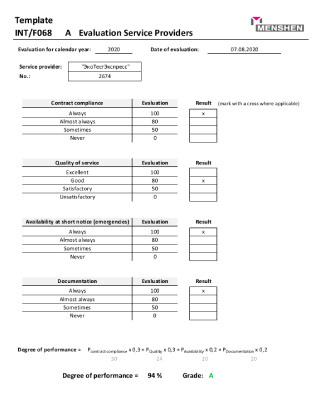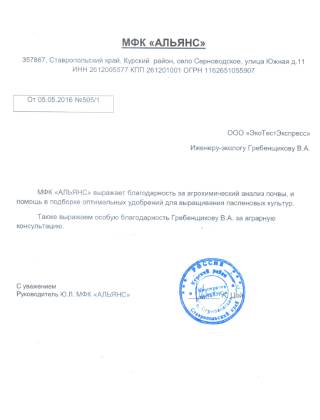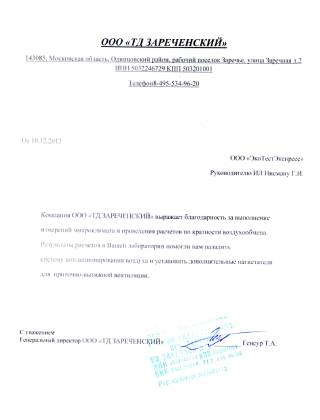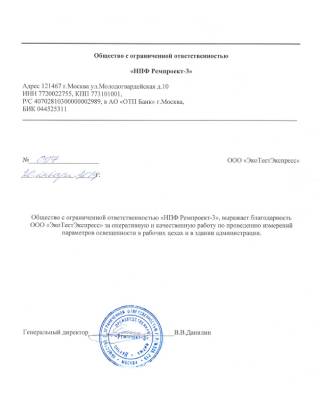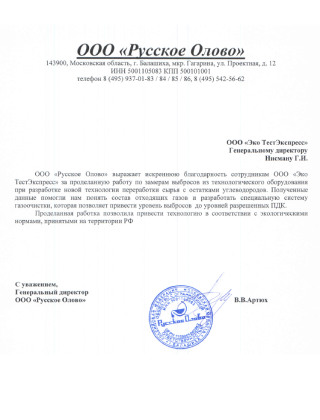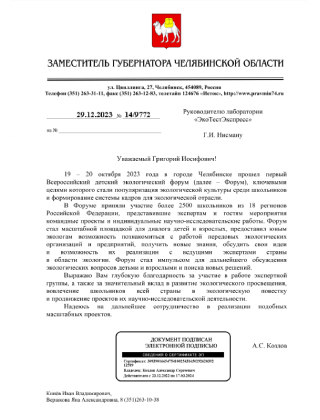
How to Effectively Put Money In: A Comprehensive Guide
Investing and saving are essential parts of financial health. To ensure that your money works for you, it’s crucial to understand the different methods of putting money into your accounts. This article will explore various strategies, their benefits, and guidelines to make the most informed decisions. For more resources and information, check out how to put money in pocket option pocketoption-forex.com.
Understanding the Basics
Before you dive into the strategies and methods for putting money in, it’s essential to root your understanding in basic financial concepts. Whether you’re saving for a rainy day, planning for retirement, or investing, the principle remains the same: the earlier you start, the better.
The fundamental steps include:
- Setting Clear Financial Goals: What are you saving for? A home, retirement, education, or just a safety net.
- Choosing the Right Accounts: Different accounts serve different purposes. A high-yield savings account, a retirement account, or an investment account can all be essential.
- Creating a Budget: Know how much you can feasibly set aside for savings or investments each month.
1. Setting Up Regular Contributions
One of the most effective ways of putting money in is to automate your contributions. This involves setting up direct deposits from your paycheck or recurring transfers from your checking account to a savings or investment account.
Benefits:
- Convenience: You won’t have to think about it each month; it’s automatic.
- Consistency: Regular contributions create good financial habits.
- Compounding Growth: The sooner you deposit money, the more interest or investment growth you’ll earn over time.
2. One-Time Contributions vs. Dollar-Cost Averaging
When putting money into investment accounts, you have two main strategies to choose from:
One-Time Contributions
This is a lump-sum investment where you contribute a significant amount of money at once. This approach can be beneficial if you’ve received a bonus, inheritance, or have accrued savings meant for investing.
Dollar-Cost Averaging
This strategy involves investing a fixed amount of money at regular intervals, regardless of market conditions. It reduces the impact of volatility over time.
3. Exploring Different Accounts
When deciding how to put your money in, understanding various accounts is critical:
Savings Accounts
A standard savings account is perfect for short-term goals. They usually offer lower interest rates but allow quick access to your funds.
High-Yield Savings Accounts
High-yield savings accounts often provide better interest rates compared to standard savings accounts, making them appropriate for passive savings.
Retirement Accounts (IRA, 401(k))
Investing in retirement accounts not only helps you save for the future but can also provide tax benefits.
Investment Accounts
Brokerage accounts allow you to invest in stocks, bonds, ETFs, and mutual funds, providing a potential for long-term growth.
4. Diversifying Your Investments
Rather than putting all your eggs in one basket, diversifying your investments can spread risk and optimize returns. Consider:
- Different Asset Classes: Stocks, bonds, ETFs, real estate.
- Sector Diversification: Technology, healthcare, consumer goods.
- Geographical Diversification: Domestic and international markets.
5. Utilizing Technology for Smarter Investments
With advancements in technology, various platforms can help manage your investments effectively. Roboadvisors, investment apps, and various online brokerage accounts offer tools to aid your financial journey.
6. Understanding Fees and Taxes
Before you put your money into any account or investment, understanding associated fees and tax implications is vital. These can include:
- Account Maintenance Fees: Some accounts charge monthly or annual fees.
- Transaction Fees: Buying and selling stocks may incur per-trade fees.
- Taxes: Be aware of capital gains taxes when selling investments for profit.
7. Reviewing and Adjusting Your Strategy
Your financial goals, economic conditions, and personal circumstances can change. It’s crucial to review your financial strategy regularly to ensure it aligns with your objectives. Consider:
- Assessing the performance of your investments.
- Adjusting contributions based on life changes (promotion, child, etc.).
- Consulting a financial advisor for personalized guidance.
Conclusion
Putting money in involves careful planning, informed decisions, and consistent action. By understanding the different accounts, employing effective strategies, and reviewing your progress, you can pave the way for financial stability. Start today, make intelligent choices, and let your money work for you.
For further financial resources, consider visiting websites like pocketoption-forex.com for additional insights and tools.











